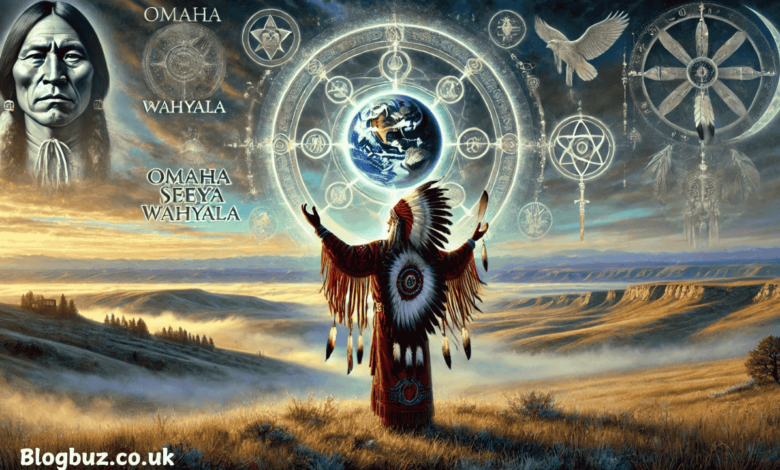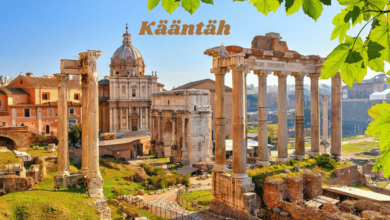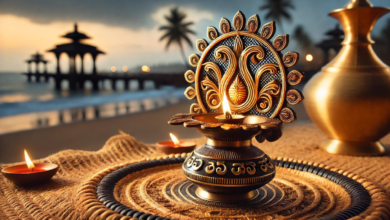Exploring the Depths of Omaha Seeya Wahyala: A Cultural Beacon

Within the intricate tapestry of Native American history, specific phrases transcend the boundaries of simple communication, embedding themselves as pivotal cultural signifiers. Omaha Seeya Wahyala is one such phrase within the Omaha tribe, a group indigenous to the United States’ Great Plains. This article delves into the multifaceted meanings, spiritual significance, and modern relevance of Omaha Seeya Wahyala, offering a window into the soul of Omaha tribal traditions.
Understanding Omaha Seeya Wahyala
The Omaha tribe, known for their deep spiritual connection and complex social structures, has contributed significantly to the mosaic of Native American cultural history. The phrase {Omaha Seeya Wahyala, while not widely recognized in common linguistic databases, is deeply entrenched in the Omaha people’s oral traditions and spiritual practices. It is believed to encompass farewell, spiritual journeying, and the cyclical nature of life and death.
Linguistic Roots and Interpretations
Omaha Seeya Wahyala comprises three parts: “Omaha,” referring to the tribe itself; “Seeya,” which could be interpreted as a call or a voice in the context of their Siouan language family; and “Wahyala,” suggesting a connection to the earth or land. Collectively, these elements may convey messages of calling upon ancestral spirits or connecting with the spiritual journey of the tribe’s forebears.
Cultural and Spiritual Significance
Within the Omaha community, phrases like Omaha Seeya Wahyala are more than mere words; they are spiritual invocations used in rituals and ceremonies. These expressions play a critical role in maintaining the cultural fabric of the tribe, often used to invoke ancestors’ spirits or seek guidance and protection from natural forces. This spiritual usage underscores the tribe’s reverence for their environment and ancestors, fostering a profound connection that spans generations.
The Role in Ceremonies
Omaha Seeya Wahyala is frequently featured in tribal ceremonies, particularly those involving transitions, such as the passage from life to death, or during significant communal gatherings. These ceremonies are essential not only for spiritual reasons but also to reinforce social bonds and transmit cultural values to younger generations.
Modern Relevance and Preservation
In today’s rapidly globalizing world, preserving indigenous languages and traditions like those of Omaha is more crucial than ever. Omaha Seeya Wahyala serves as a cultural anchor, helping to maintain identity and continuity within the Omaha tribe amidst external pressures of assimilation and cultural erosion.
Efforts in Language Revitalization
The Omaha tribe has undertaken significant efforts to revitalize their language, with phrases like Omaha Seeya Wahyala playing a pivotal role. These efforts are about preserving words and maintaining the tribe’s worldview, spirituality, and the unique lens through which they understand their environment.
Implications for Indigenous Sovereignty
The phrase also symbolizes the broader struggle for indigenous sovereignty and self-determination. Keeping their language and rituals alive, the Omaha people assert their rights to govern themselves according to their cultural norms and values. This is integral to their fight against historical injustices and ongoing challenges posed by modern societal forces.
Conclusion: A Living Legacy
Omaha Seeya Wahyala is much more than a phrase. It is a living legacy encapsulating the spiritual, cultural, and communal ethos of the Omaha tribe. As we explore its meanings and significance, we gain insights not only into the Omaha tribe but also into the broader struggles and aspirations of indigenous peoples worldwide. In this way, Omaha Seeya Wahyala is not just a call to the past; it is also a hopeful gesture toward the future, embodying the resilience and enduring spirit of the Omaha people.
FAQS
What does the phrase Omaha Seeya Wahyala mean?
Omaha Seeya Wahyala is a phrase deeply rooted in the Omaha tribe’s spiritual practices. It encompasses themes of farewell, spiritual journeying, and the cyclical nature of life and death. It is believed to invoke ancestral spirits and connect with the land, reflecting the tribe’s deep connection to their heritage.
How does the Omaha tribe use Omaha Seeya Wahyala in ceremonies?
The phrase plays a central role in Omaha tribal ceremonies, particularly those involving transitions, such as the passage from life to death. It is used to honour ancestors, seek guidance, and reinforce social bonds within the community. These ceremonies are vital in maintaining cultural traditions and spiritual connections.
What is the spiritual significance of Omaha Seeya Wahyala?
Omaha Seeya Wahyala is a spiritual invocation representing the tribe’s reverence for their ancestors and the natural world. It symbolizes a deep connection to the land and a spiritual healing and protection journey, reinforcing the cyclical nature of existence and the tribe’s belief in ancestral spirits.
Why is preserving phrases like Omaha Seeya Wahyala important for the tribe?
Preserving phrases like Omaha Seeya Wahyala is crucial for maintaining the tribe’s identity and continuity. In a world where indigenous cultures face pressure from globalization, these phrases help ensure that the tribe’s worldview, language, and spiritual practices are passed down to future generations.
How does Omaha Seeya Wahyala relate to indigenous sovereignty?
Omaha Seeya Wahyala symbolizes the broader struggle for indigenous sovereignty and self-determination. By keeping their language and rituals alive, the Omaha people assert their right to preserve and govern their cultural norms, resisting the forces of assimilation and affirming their ongoing cultural resilience.
You May Also Read: Өйёу: A Cultural and Linguistic Treasure




